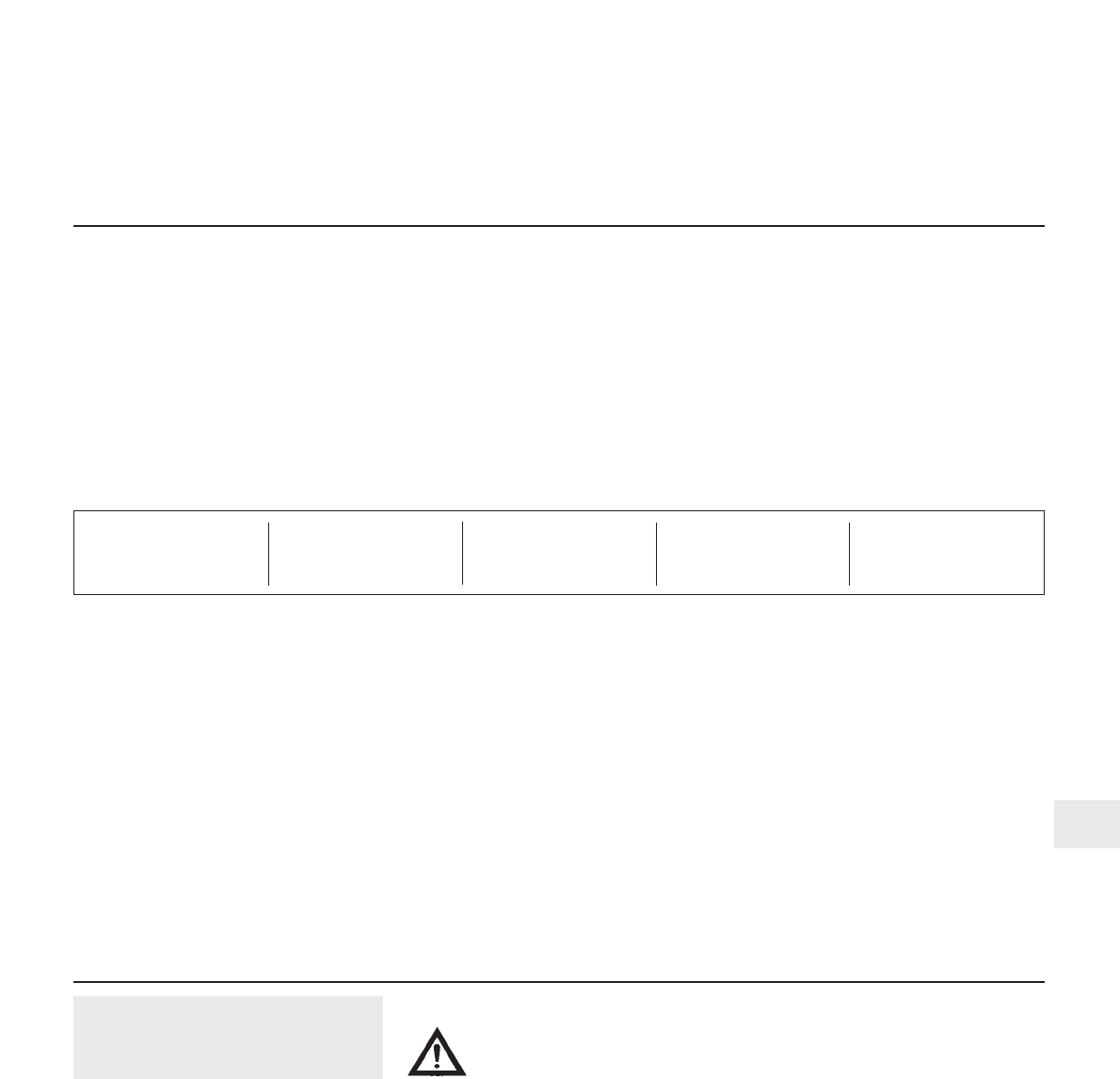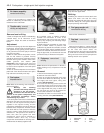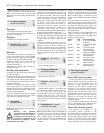
4C
Chapter 4 Part C:
Fuel system - multi-point fuel injection engines
General
System type . . . . . . . . . . . . . . . . . . . . . . . . . . . . . . . . . . . . . . . . . . . . . . Rear-mounted fuel tank, electric fuel pump, multi-point fuel injection
system
System application:
XU5J, XU5JA, XU5JA/K, XU51C/K, XU9JA, XU9JA/K . . . . . . . . . . . . Bosch LE2-Jetronic
XU9J1/Z, XU9J1/L . . . . . . . . . . . . . . . . . . . . . . . . . . . . . . . . . . . . . . . Bosch LU2-Jetronic
XU9JA/Z, XU9JA/L . . . . . . . . . . . . . . . . . . . . . . . . . . . . . . . . . . . . . . . Bosch Motronic M1.3
Fuel system data
Regulated fuel pressure . . . . . . . . . . . . . . . . . . . . . . . . . . . . . . . . . . . . . 2.9 to 3.1 bar
Fuel pump delivery . . . . . . . . . . . . . . . . . . . . . . . . . . . . . . . . . . . . . . . . . 540 cc/15 sec
Idling speed . . . . . . . . . . . . . . . . . . . . . . . . . . . . . . . . . . . . . . . . . . . . . . 900 ± 50 rpm
Idle mixture CO content* . . . . . . . . . . . . . . . . . . . . . . . . . . . . . . . . . . . . 1.0 to 2.0 %
*Adjustable on LE2-Jetronic system only - controlled by ECU on all other systems
Recommended fuel
Minimum octane rating (see text Section 8) . . . . . . . . . . . . . . . . . . . . . . 95 RON unleaded or 97/98 RON unleaded*
* Note: The XU9JA engine should not be operated on 95 RON unleaded petrol
Air cleaner assembly - removal and refitting . . . . . . . . . . . . . . . . . . . 2
Air cleaner element renewal . . . . . . . . . . . . . . . . . . . . . .See Chapter 1
Fuel filter renewal . . . . . . . . . . . . . . . . . . . . . . . . . . . . . . .See Chapter 1
Fuel gauge sender unit - removal and refitting . . . . . . . . . . . . . . . . . 6
Fuel injection system - checks and adjustment . . . . . . . . . . . . . . . . 10
Fuel injection system components - removal and refitting . . . . . . . . 11
Fuel injection systems - general information . . . . . . . . . . . . . . . . . . . 9
Fuel pump - removal and refitting . . . . . . . . . . . . . . . . . . . . . . . . . . . 5
Fuel system - depressurisation . . . . . . . . . . . . . . . . . . . . . . . . . . . . . 4
Fuel tank - removal and refitting . . . . . . . . . . . . . . . . . . . . . . . . . . . . 7
General fuel system checks . . . . . . . . . . . . . . . . . . . . . .See Chapter 1
General information and precautions . . . . . . . . . . . . . . . . . . . . . . . . 1
Idle speed and mixture adjustment . . . . . . . . . . . . . . . . .See Chapter 1
Inlet manifold - removal and refitting . . . . . . . . . . . . . . . . . . . . . . . . . 12
Throttle cable - removal, refitting and adjustment . . . . . . . . . . . . . . . 3
Underbody and fuel/brake line check . . . . . . . . . . . . . . .See Chapter 1
Underbonnet check for fluid leaks and hose condition . .See Chapter 1
Unleaded petrol - general information and usage . . . . . . . . . . . . . . . 8
4C•1
Specifications
Contents
Easy, suitable for
novice with little
experience
Fairly easy, suitable
for beginner with
some experience
Fairly difficult,
suitable for competent
DIY mechanic
Difficult, suitable for
experienced DIY
mechanic
Very difficult,
suitable for expert DIY
or professional
Degrees of difficulty
5
4
3
2
1
1 General information and
precautions
General information
The fuel supply system consists of a fuel
tank (which is mounted under the rear of the
car, with an electric fuel pump immersed in it),
a fuel filter, fuel feed and return lines. The fuel
pump supplies fuel to the fuel rail, which acts
as a reservoir for the four fuel injectors which
inject fuel into the inlet tracts. The fuel filter
incorporated in the feed line from the pump to
the fuel rail ensures that the fuel supplied to
the injectors is clean.
Refer to Section 9 for further information on
the operation of each fuel injection system.
Precautions
Warning: Petrol is extremely
flammable - great care must be
taken when working on any part
of the fuel system. Do not smoke
or allow any naked flames or uncovered
light bulbs near the work area. Note that
gas powered domestic appliances with pilot
flames, such as heaters, boilers and tumble
dryers, also present a fire hazard - bear this
in mind if you are working in an area where
such appliances are present. Always keep a
suitable fire extinguisher close to the work
area and familiarise yourself with its
operation before starting work. Wear eye
protection when working on fuel systems
and wash off any fuel spilt on bare skin
immediately with soap and water. Note that
fuel vapour is just as dangerous as liquid
fuel; a vessel that has just been emptied of
liquid fuel will still contain vapour and can
be potentially explosive. Petrol is a highly
dangerous and volatile liquid, and the
precautions necessary when handling it
cannot be overstressed.
Many of the operations described in this
Chapter involve the disconnection of fuel
lines, which may cause an amount of fuel
spillage. Before commencing work, refer to
the above Warning and the information in
“Safety first” at the beginning of this
manual.
When working with fuel system
components, pay particular attention to
cleanliness - dirt entering the fuel system
may cause blockages which will lead to
poor running.


















